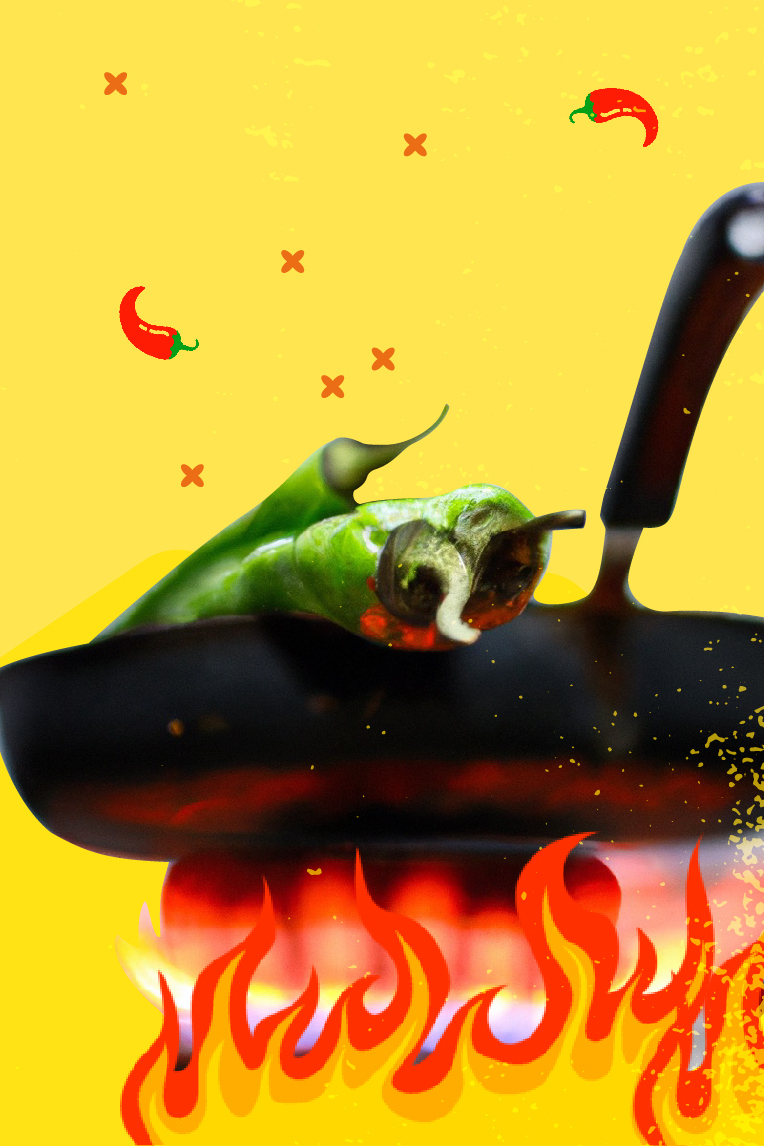“Possibly, there was a forest fire. And some prehistoric humans were walking around completely devastated, assessing the damage done to their vast, ravaged, nature-given pantry. They were wondering how they’re ever going to eat again. Then, maybe, one of them came across some only-slightly-charred bits on a familiar and nutritious species. Desperate and hungry, someone attempted a nibble or two, and found that this creature or plant had never tasted better. Heat from a fire made food more delicious, and also, easier to eat. Word spread among the hominids, and so we became cooks.”
I can’t vouch for the factual accuracy of this story, but it has never left me. I was told this as a primary school kid, as part of a discussion we were having with a teacher about us being the only species who cook. We left that chat wide-eyed with amazement, and all of us probably looked at our dinners differently that night.
This much is true: fire makes us human; it’s part of our evolutionary process. In 2009, British primatologist Richard Wrangham wrote the book Catching Fire: How Cooking Made Us Human. In it he says that cooking food made us more efficient eaters and digesters, and therefore allowed our brains to grow larger.
How far we have come since. We use air fryers and microwaves to make chicken wings and popcorn; we char our creme brûlées and sev puris with blowtorches; we make puffy, blistered naans in tandoors and use wood- and gas-fired ovens to do the same to our pizzas; and we make Maggi and chai using electrical kettles in dorm rooms. There is something Pavlovian about turning a knob on a stove. With it, we know we will be fed soon.
In Season Four of enthucutlet, Playing With Fire, our writers explore all the different meanings that fire has in our modern-day eating life.
We consider what it means to harness heat, both for someone learning how to cook for the first time, and for the last upholder of a multi-generational bakery while baking 16-hour matris in tandoors. Regionality and seasonality are words we use mainly to describe our choice of ingredients. In Playing With Fire, we talk also about how the nature of the flame changes across India, depending on its location and the time of year.
In playing with the idea of fire, we also talk about how we’ve found pleasure in setting our palates alight. What makes sizzlers such an urban phenomenon in India? Why has putting flaming sev puris into our mouths become such a thing in a Mumbai suburb?
Then there is the other addictive, endorphin-inducing active compound that some of us heat-seekers prefer to burn up our alimentary canals with: capsaicin. We have a recipe for gunpowder, following a brief treatise on podis. A chef-writer talks about redemption through hot sauce. And of course, we come back to the OG technique of char, exploring how we have mastered it to make most edible things more delicious, as exquisitely exemplified by the Bengali tradition of pora.
Don’t say we didn’t warn you: this season is hot.

